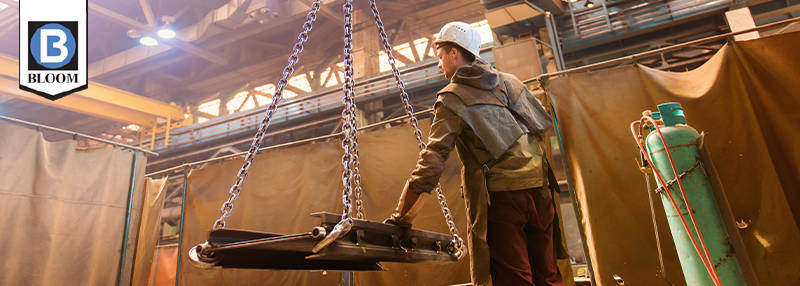
When it comes to working with winches, safety should always be a top priority. Winches are powerful tools that can make lifting and pulling heavy loads much easier, but if not used correctly, they can also be dangerous. In this blog post, we'll discuss some best practices for winch safety to help you avoid accidents and injuries.
Inspect Your Winch Regularly: Before each use, inspect your winch for any signs of damage or wear. Pay special attention to the cable or rope, ensuring there are no frays or kinks that could cause it to fail under load.
Use the Right Equipment: Make sure you're using the right winch for the job. Using a winch that's too small for the load can lead to overloading and potential failure.
Follow Proper Installation Procedures: Ensure your winch is securely mounted to a stable surface and that all connections are tight. Follow the manufacturer's instructions for installation carefully.
Use Personal Protective Equipment (PPE): Wear appropriate PPE, such as gloves and safety glasses, when operating a winch to protect yourself from potential hazards.
Operate the Winch Safely: When operating the winch, stand clear of the cable or rope and keep your hands and fingers away from moving parts. Use the winch controls carefully, following the manufacturer's instructions.
Avoid Overloading: Never exceed the rated capacity of your winch. Overloading can cause the winch to fail and lead to accidents.
Keep a Safe Distance: Keep bystanders at a safe distance when using a winch, especially during operation. Warn others of the potential danger and ensure they stay clear of the work area.
Use a Safety Brake: Some winches come with a safety brake feature that can prevent the load from slipping or dropping in case of a power failure. Make sure this feature is engaged when appropriate.
Know When to Stop: If you notice any unusual sounds or behaviors from your winch, stop using it immediately and inspect it for damage. Continuing to use a malfunctioning winch can be dangerous.
Properly Maintain Your Winch: Regular maintenance, such as lubricating moving parts and replacing worn components, is essential for keeping your winch in safe working condition.
By following these best practices for winch safety, you can help prevent accidents and injuries in your workplace or job site. Remember, safety always comes first when working with winches or any other heavy equipment.
For high-quality winches and other industrial equipment that prioritize safety, check out Bloom Manufacturing's range of products. Visit our website or contact us today to learn more about how our products can meet your needs while ensuring your safety.
April 26, 2024 by Bloom Manufacturing



